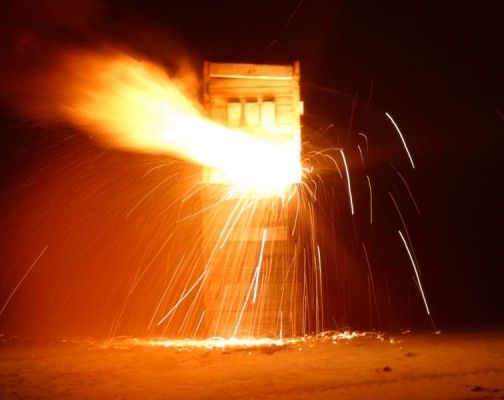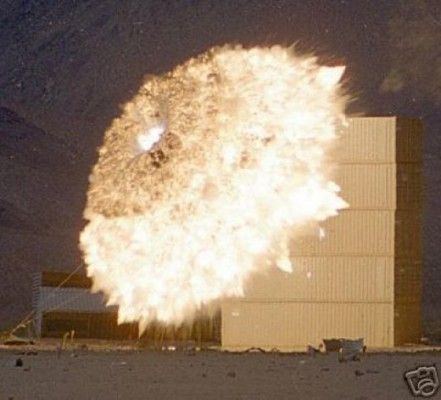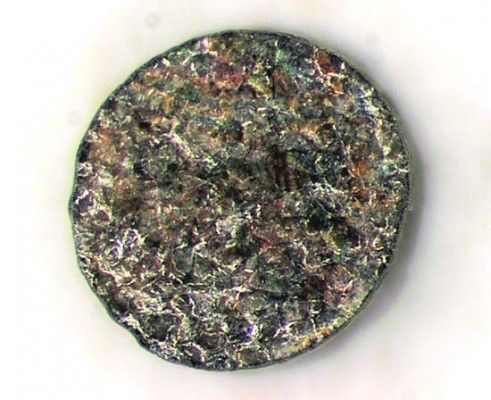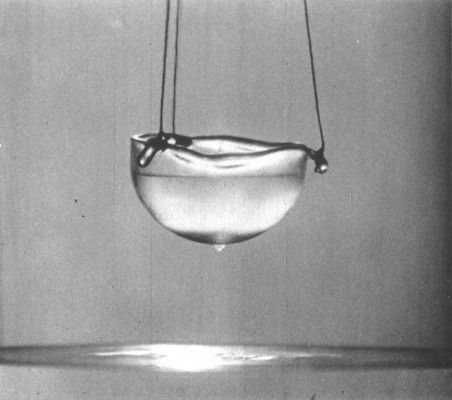The Eiffel Tower (French: La Tour Eiffel, nickname La dame de fer, the iron lady) is a puddled iron lattice tower located on the Champ de Mars in Paris, named after the engineer Gustave Eiffel, whose company designed and built the tower. Erected in 1889 as the entrance arch to the 1889 World's Fair, it has become both a global cultural icon of France and one of the most recognizable structures in the world. The tower is the tallest structure in Paris and the most-visited paid monument in the world; 7.1 million people ascended it in 2011. The third level observatory's upper platform is at 279.11 m the highest accessible to public in the European Union and the highest in Europe as long as the platform of the Ostankino Tower, at 360 m, remains closed as a result of the fire of August 2000. The tower received its 250 millionth visitor in 2010.
 |
| First drawing of the Eiffel Tower by Maurice Koechlin | |
The tower stands 320 metres (1,050 ft) tall, about the same height as an 81-story building. During its construction, the Eiffel Tower surpassed the Washington Monument to assume the title of the tallest man-made structure in the world, a title it held for 41 years, until the Chrysler Building in New York City was built in 1930. However, because of the addition, in 1957, of the antenna atop the Eiffel Tower, it is now taller than the Chrysler Building. Not including broadcast antennas, it is the second-tallest structure in France, after the Millau Viaduct.
The tower has three levels for visitors. Tickets can be purchased to ascend, by stairs or lift (elevator), to the first and second levels. The walk from ground level to the first level is over 300 steps, as is the walk from the first to the second level. The third and highest level is accessible only by lift - stairs exist but they are not usually open for public use. Both the first and second levels feature restaurants.
The tower has become the most prominent symbol of both Paris and France, often in the establishing shot of films set in the city.
Construction
 |
| Foundations of the Eiffel Tower |
Eiffel Tower under construction between 1887 and 1889
Work on the foundations started in January 1887. Those for the east and
south legs were straightforward, each leg resting on four 2 m (6.6 ft)
concrete slabs, one for each of the principal girders of each leg but
the other two, being closer to the river Seine were more complicated:
each slab needed two piles installed by using compressed-air caissons 15
m (49 ft) long and 6 m (20 ft) in diameter driven to a depth of 22 m
(72 ft) to support the concrete slabs, which were 6 m (20 ft) thick.


Each of these
slabs supported a block built of limestone each with an inclined top to
bear a supporting shoe for the ironwork. Each shoe was anchored into the
stonework by a pair of bolts 10 cm (4 in) in diameter and 7.5 m (25 ft)
long. The foundations were complete by 30 June and the erection of the
ironwork began. The very visible work on-site was complemented by the
enormous amount of exacting preparatory work that was entailed: the
drawing office produced 1,700 general drawings and 3,629 detailed
drawings of the 18,038 different parts needed: The task of drawing the
components was complicated by the complex angles involved in the design
and the degree of precision required: the position of rivet holes was
specified to within 0.1 mm (0.04 in) and angles worked out to one second
of arc.
The finished
components, some already riveted together into sub-assemblies, arrived
on horse-drawn carts from the factory in the nearby Parisian suburb of
Levallois-Perret and were first bolted together, the bolts being
replaced by rivets as construction progressed. No drilling or shaping
was done on site: if any part did not fit it was sent back to the
factory for alteration. In all there were 18,038 pieces of puddle iron
using two and a half million rivets.

At first the legs were constructed as cantilevers but about halfway to the first level construction was paused in order to construct a substantial timber scaffold. This caused a renewal of the concerns about the structural soundness of the project, and sensational headlines such as "Eiffel Suicide!" and "Gustave Eiffel has gone mad: he has been confined in an Asylum" appeared in the popular press. At this stage a small "creeper" crane was installed in each leg, designed to move up the tower as construction progressed and making use of the guides for the lifts which were to be fitted in each leg. The critical stage of joining the four legs at the first level was complete by March 1888. Although the metalwork had been prepared with the utmost precision, provision had been made to carry out small adjustments in order to precisely align the legs: hydraulic jacks were fitted to the shoes at the base of each leg, each capable of exerting a force of 800 tonnes, and in addition the legs had been intentionally constructed at a slightly steeper angle than necessary, being supported by sandboxes on the scaffold.
No more than three hundred workers were employed on site, and because Eiffel took safety precautions, including the use of movable stagings, guard-rails and screens, only one man died during construction.
Inauguration and the 1889 Exposition
The main structural work was completed at the end of March 1889 and on the 31st Eiffel celebrated this by leading a group of government officials, accompanied by representatives of the press, to the top of the tower. Since the lifts were not yet in operation, the ascent was made by foot, and took over an hour, Eiffel frequently stopping to make explanations of various features. Most of the party chose to stop at the lower levels, but a few, including Nouguier, Compagnon, the President of the City Council and reporters from Le Figaro and Le Monde Illustré completed the climb. At 2.35 Eiffel hoisted a large tricolore, to the accompaniment of a 25-gun salute fired from the lower level. There was still work to be done, particularly on the lifts and the fitting out of the facilities for visitors, and the tower was not opened to the public until nine days after the opening of the Exposition on 6 May, and even then the lifts had not been completed.
The tower was an immediate success with the public, and lengthy queues formed to make the ascent. Tickets cost 2 francs for the first level, 3 for the second and 5 for the top, with half-price admission on Sundays, and by the end of the exhibition there had been nearly two million visitors.
Eiffel had a permit for the tower to stand for 20 years; it was to be dismantled in 1909, when its ownership would revert to the City of Paris. The City had planned to tear it down (part of the original contest rules for designing a tower was that it could be easily demolished) but as the tower proved valuable for communication purposes, it was allowed to remain after the expiry of the permit. In the opening weeks of the First World War the powerful radio transmitters using the tower were used to jam German communications, seriously hindering their advance on Paris and contributing to the Allied victory at the First Battle of the Marne.
























































